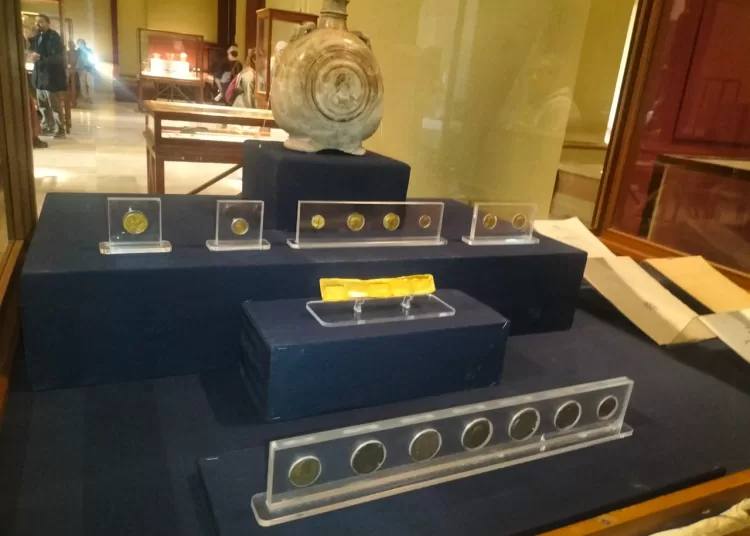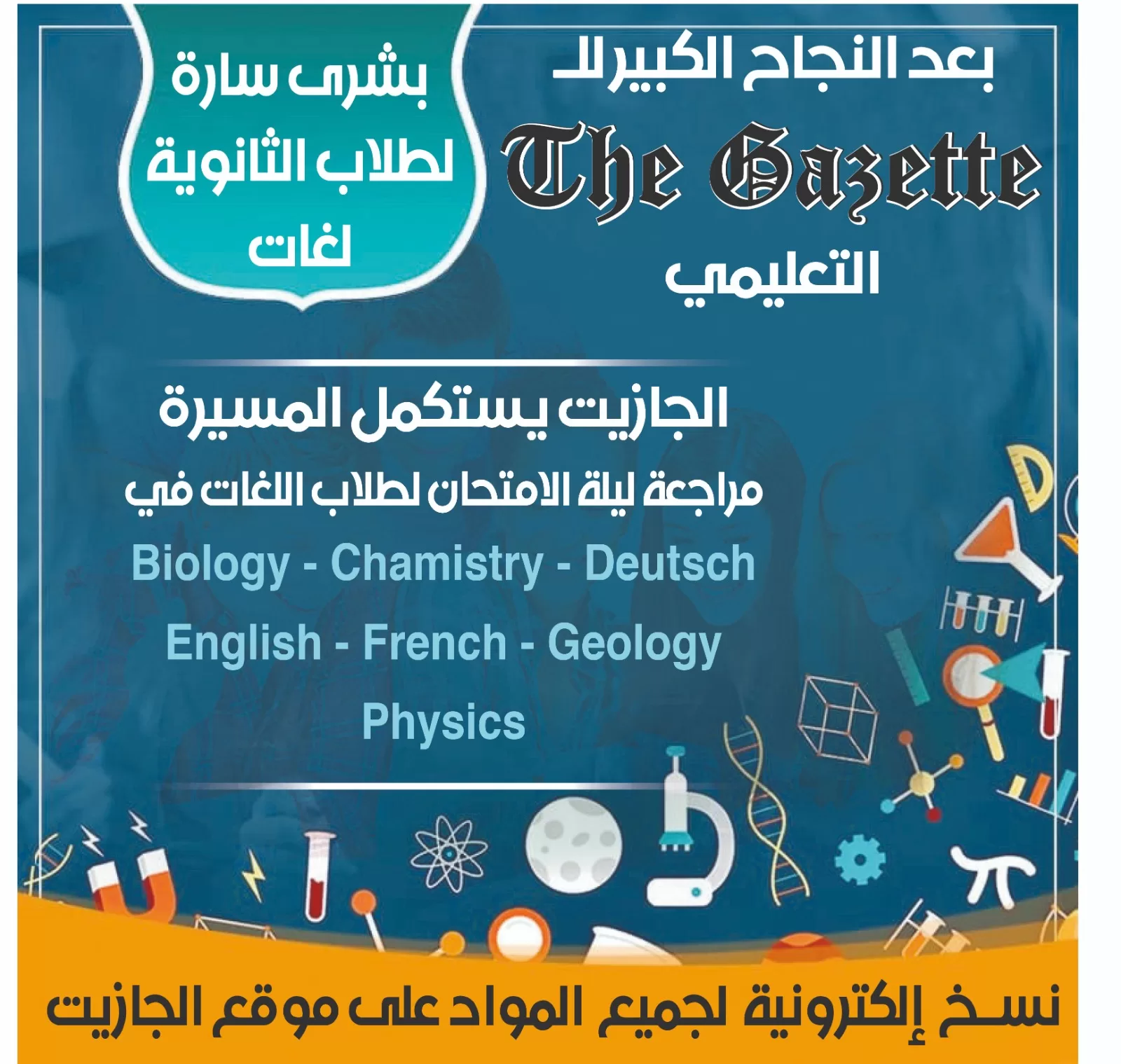Amid the halls of the Egyptian Museum in Cairo, where the secrets of ancient worlds whisper through gilded artefacts, a remarkable tribute has been unveiled.
A temporary exhibition shines a spotlight on the life and contributions of Dr Abdel Mohsen El-Khachab, Egypt’s pioneering numismatist, whose tireless dedication to preserving the country’s numismatic heritage continues to inspire people.
The exhibition, which runs until mid-February, chronicles the remarkable career of Dr El-Khachab who not only laid the foundation for numismatics in Egypt but also left behind an enduring legacy that has inspired generations of archaeologists.
“Dr El-Khachab wasn’t just Egypt’s first specialised numismatist, but he transformed how we study and protect coin collections, connecting the dots of historical narratives through them,” Heba Sami, the supervisor of temporary exhibitions at the museum, told The Egyptian Gazette.
Born in Cairo in January 1906, El-Khachab had an unyielding passion for knowledge from a young age.
After graduating from the Khedivial Secondary School, he pursued ancient studies at Fouad I University (now Cairo University), earning a Bachelor of Arts in 1927. His academic journey culminated in a PhD in 1947, but his true calling had long revealed itself—his love for numismatics, the study of coins and currency.
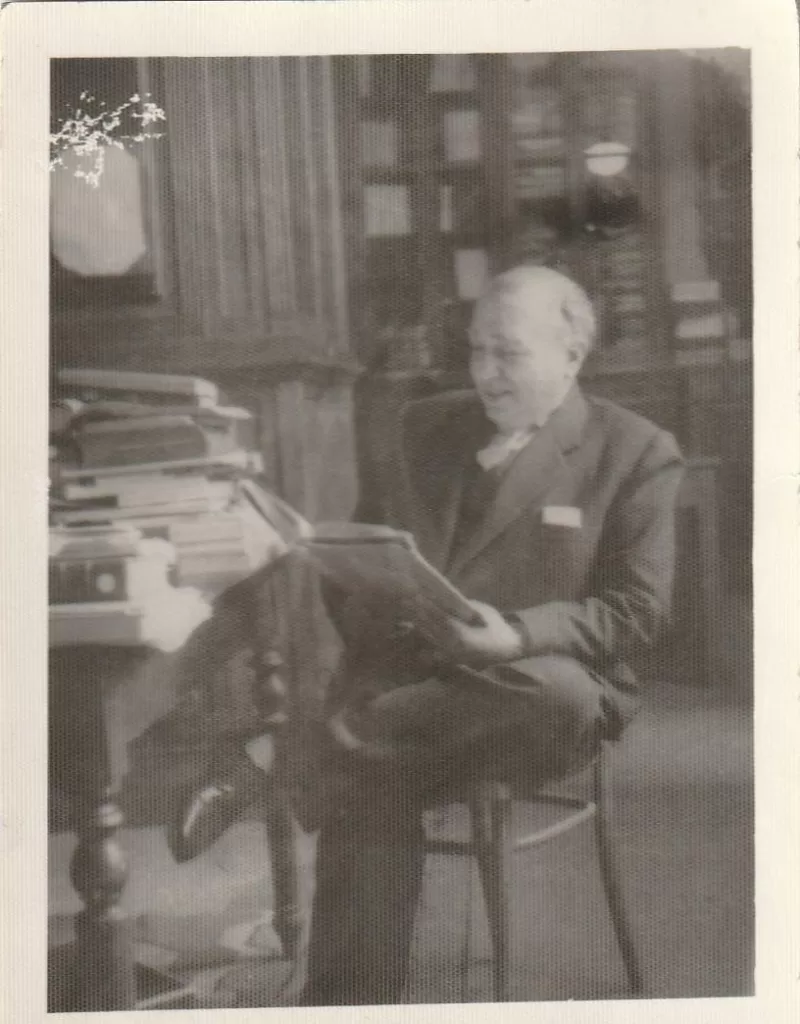
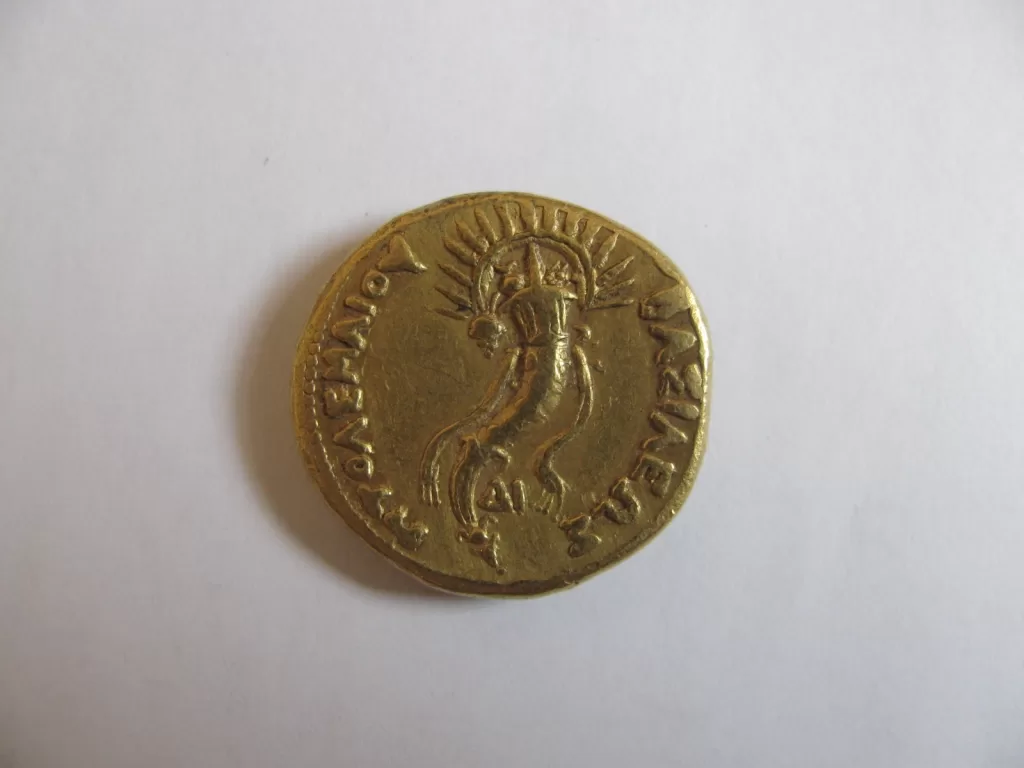
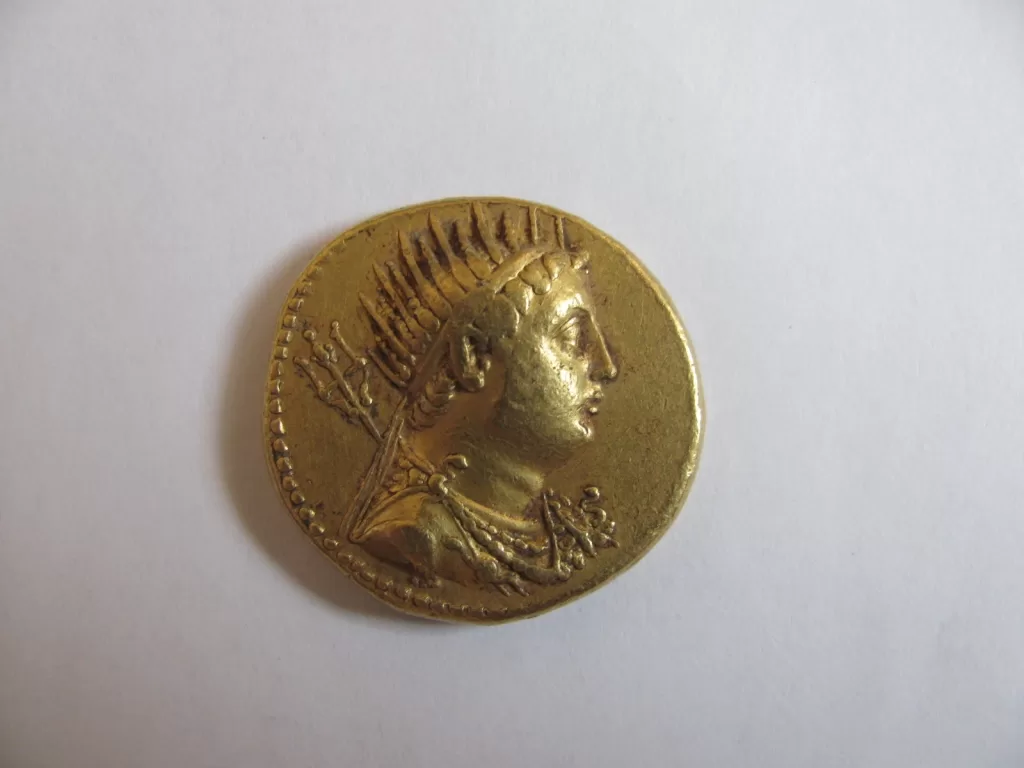
As the first Egyptian curator responsible for classifying the coin collections at the Egyptian Museum, El-Khachab’s career spanned decades.
He dedicated himself to rigorously documenting Egypt’s rich numismatic history, serving as a bridge between eras through the circular objects that passed through his hands.
In 1948, he was promoted to director of the museum’s library, where he reorganised its collection and authored an invaluable catalogue.
Drawing attention to one of his greatest achievements, Sami pointed to the Qubba Palace Collection, a group of rare gold coins that El-Khachab transferred to the museum and immortalised through his research.
The exhibition prominently featured these coins, each piece steeped in more than just the glint of gold—it bore the weight of stories and civilisations.
Among the stunning artefacts were coins depicting King Ptolemy II and his wife, Queen Berenice II, as well as bronze coins from Kom Trougah, a Greco-Roman site where El-Khachab himself led excavations in the late 1950s.
His work there unearthed coins bearing the images of Emperor Hadrian and an array of historical figures, further enriching Egypt’s numismatic tapestry.
On display is a dinar from the Tulunid dynasty, which bears the name of Harun ibn Khumarawayh.
Through coins like this, El-Khachab decoded historical economics, political shifts, and cultural exchanges.
Here is also a coin decorated on both sides with the obverse featuring the bust of Emperor Trajan and the reverse depicting Trajan standing in a chariot drawn by four horses
“The exhibition also extends beyond coins to showcase a unique collection of scholarly works authored by El-Khachab. On display are indexes, catalogues, and richly detailed volumes published by the numismatist,” Sami said.
Perhaps one of the most striking aspects of the exhibit was its ability to humanise a figure widely revered in academia, but lesser-known to the public.
A nostalgic photograph showed a younger El-Khachab seated at a desk, poring over stacks of books and coins with unmatched intensity.
Retiring in 1963 did little to slow El-Khachab’s pursuit of scholarship. In his later years, he continued to author books and translations that bridged antiquity to the modern world.
Though he passed away decades ago, his contributions remain vibrant, woven into the very fabric of Egyptology today.
As visitors walked through the exhibit, pausing to marvel at the intricate engravings on a Roman-period coin bearing the bust of Emperor Trajan or studying a marble vase from the Al-Montazah Palace Collection, there was a palpable sense of appreciation.
This was more than just a celebration of El-Khachab — it was recognition of the field of archaeology as a river of giving, one generation nurturing the next.



